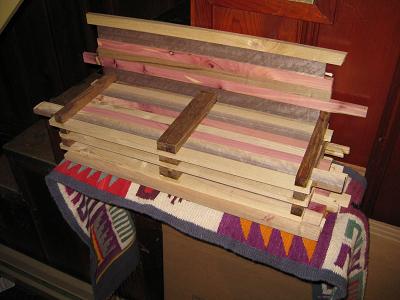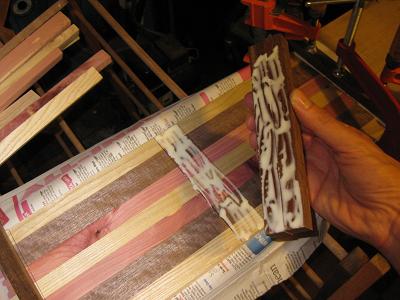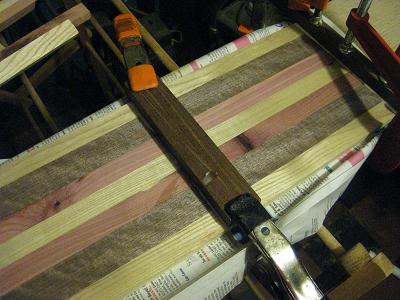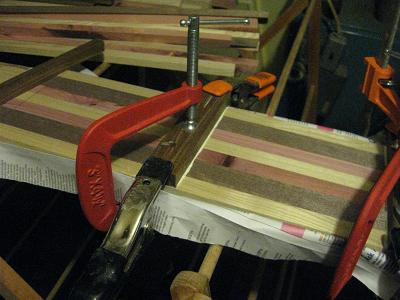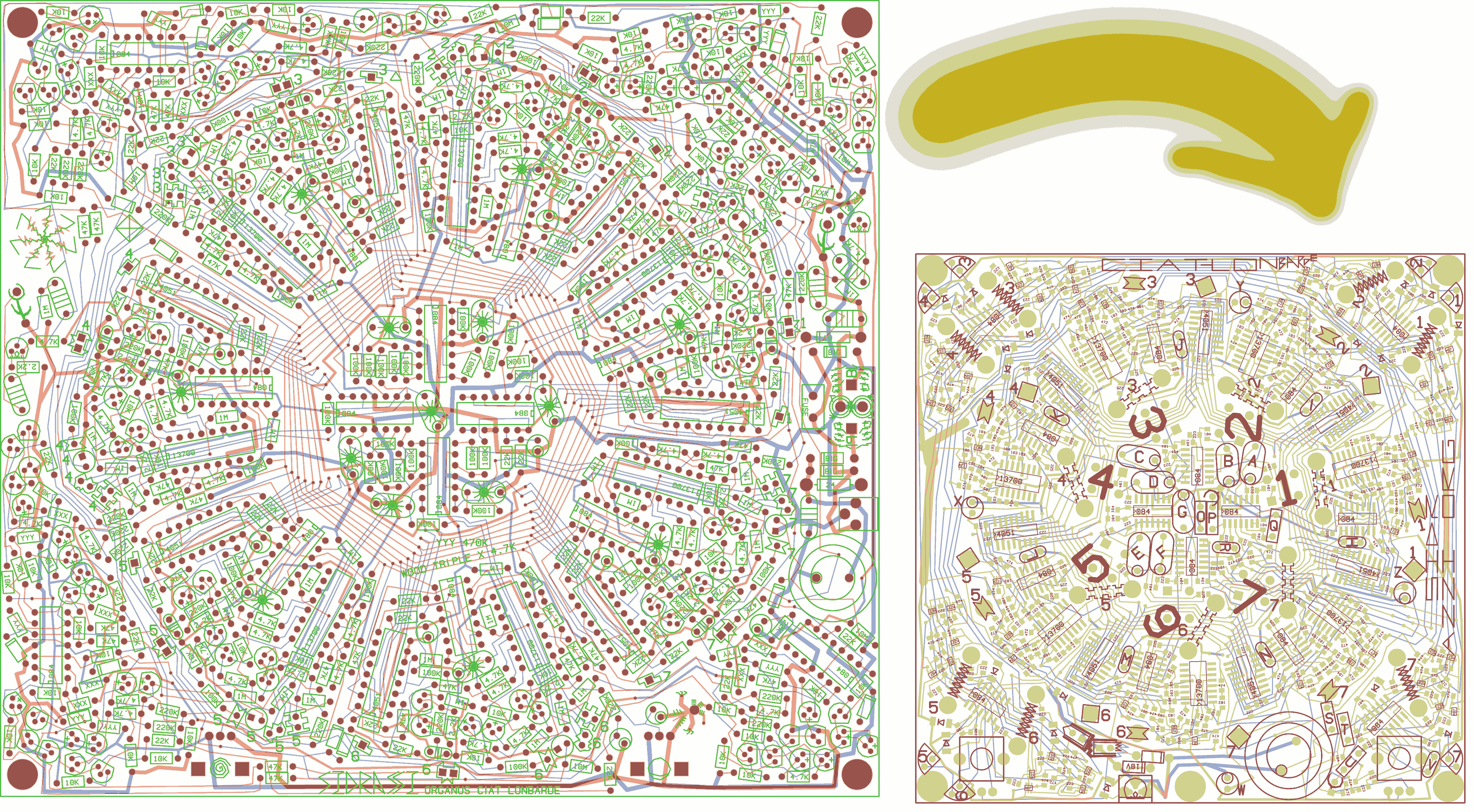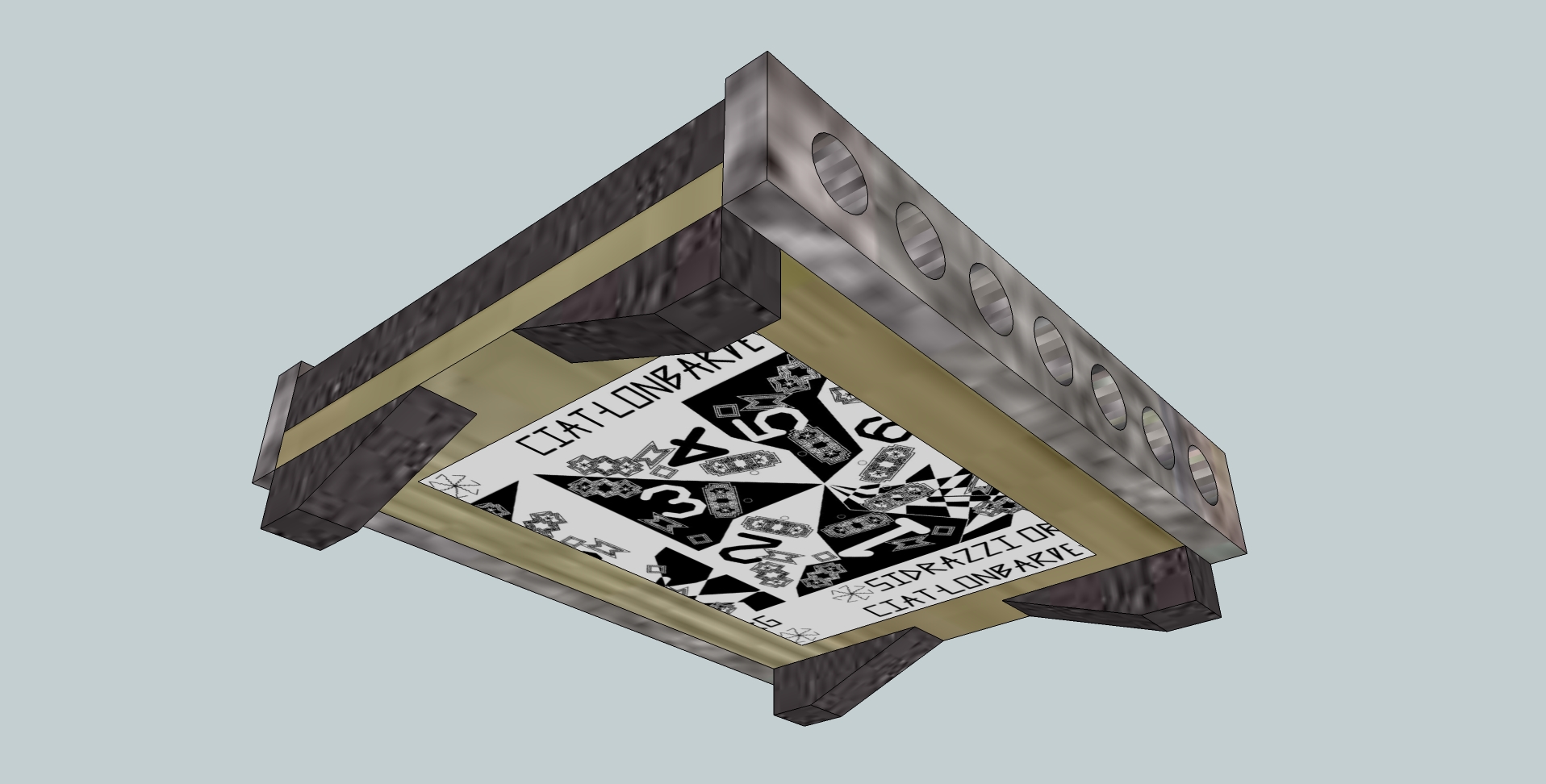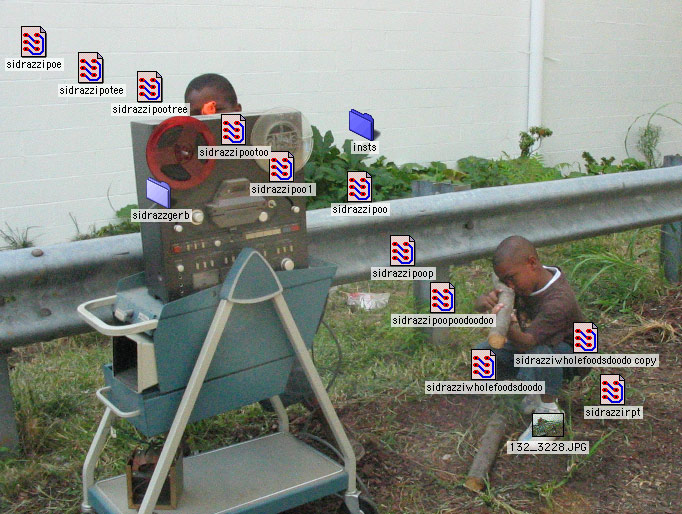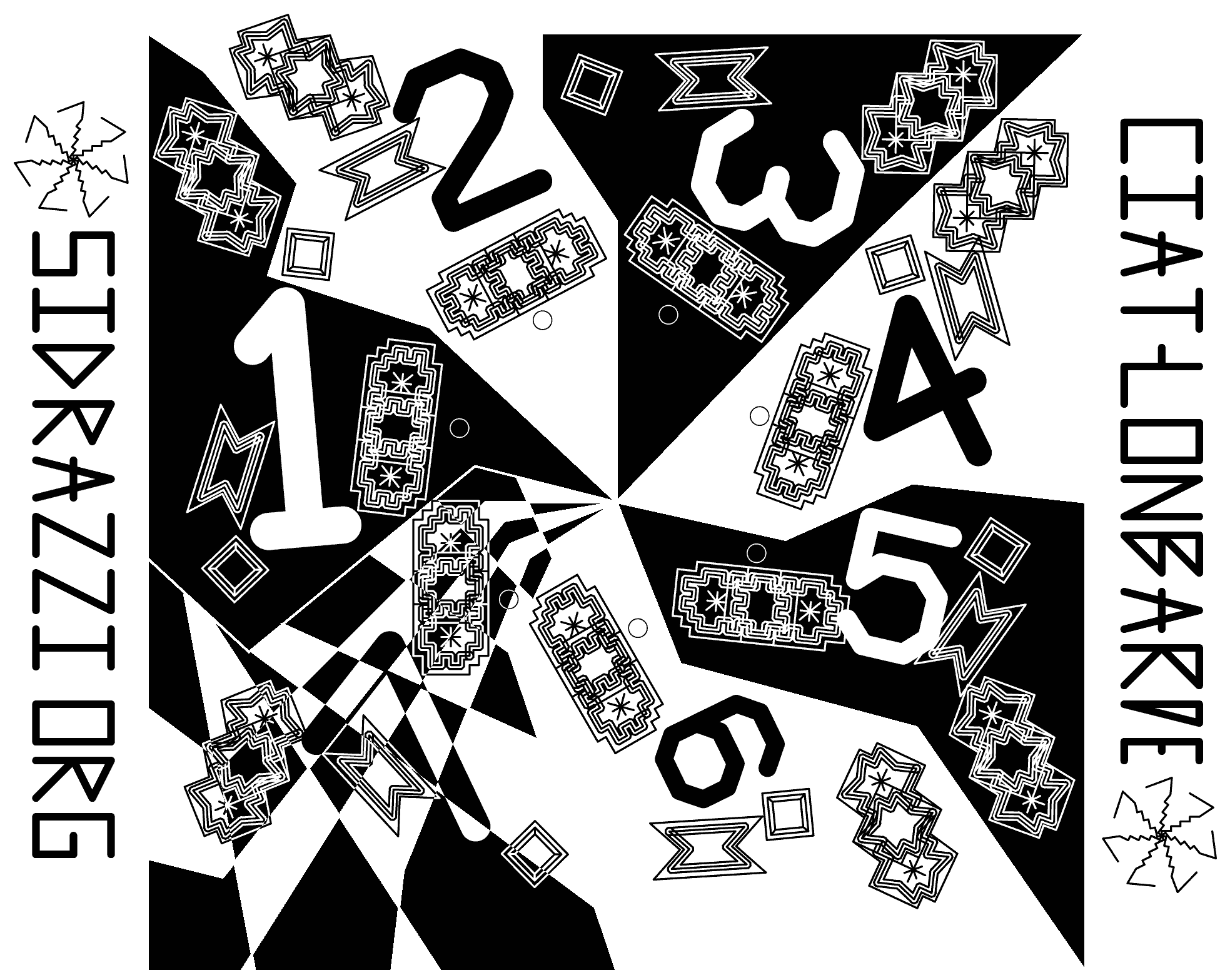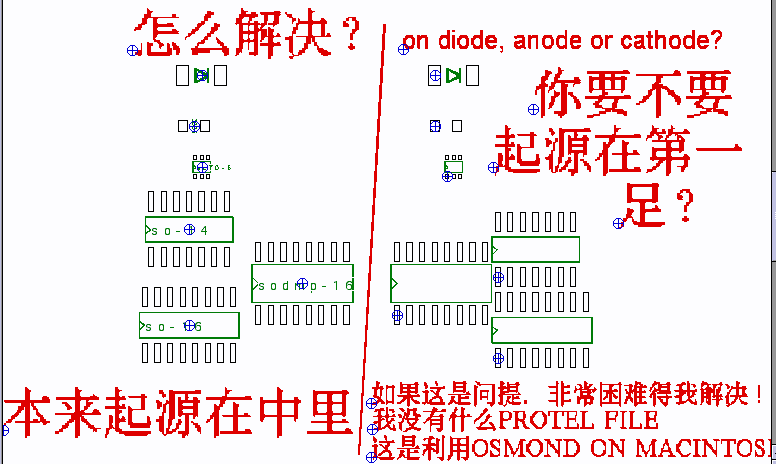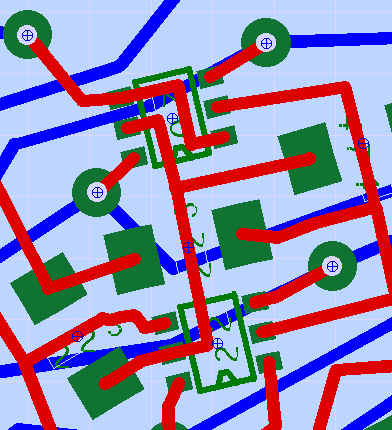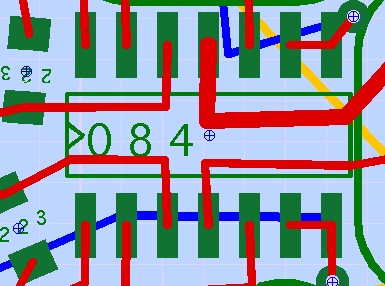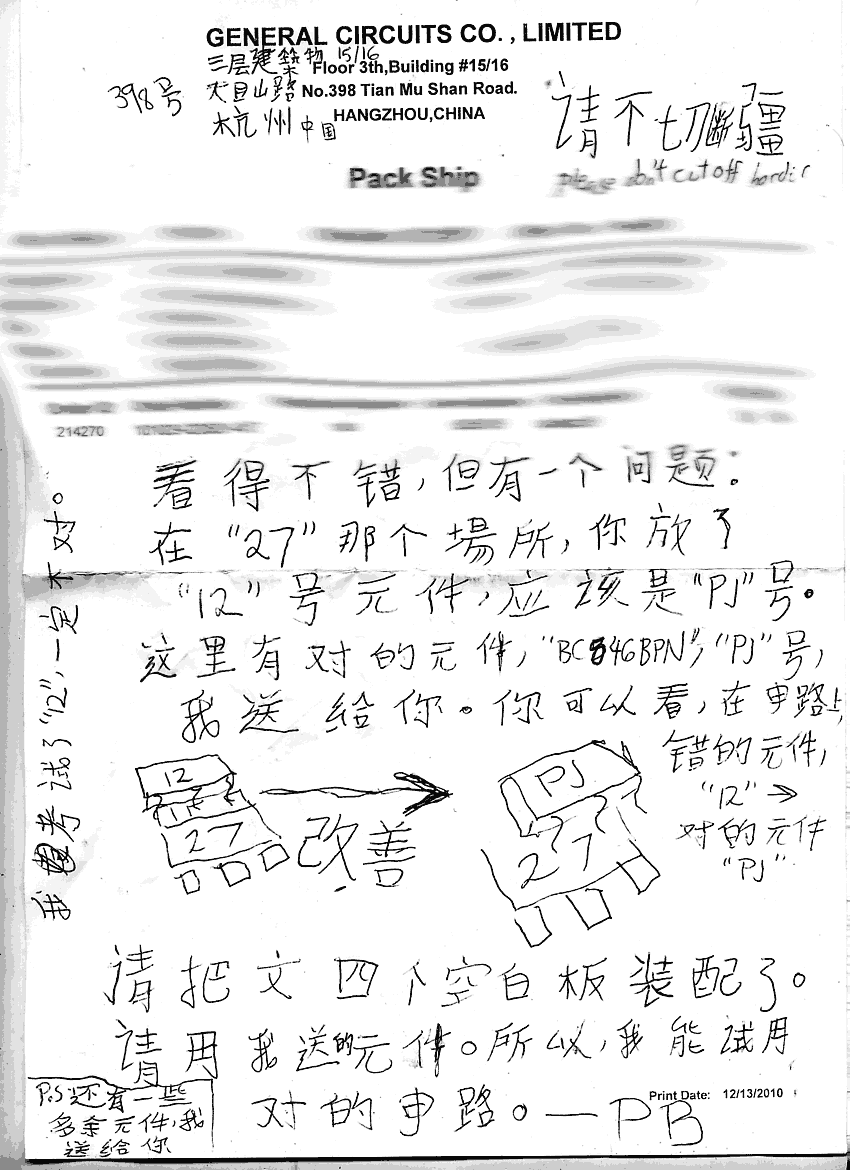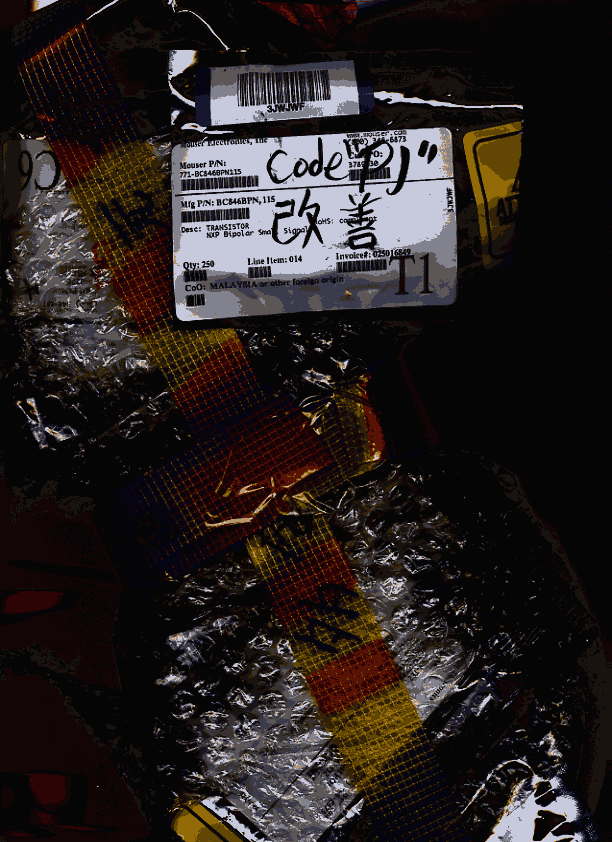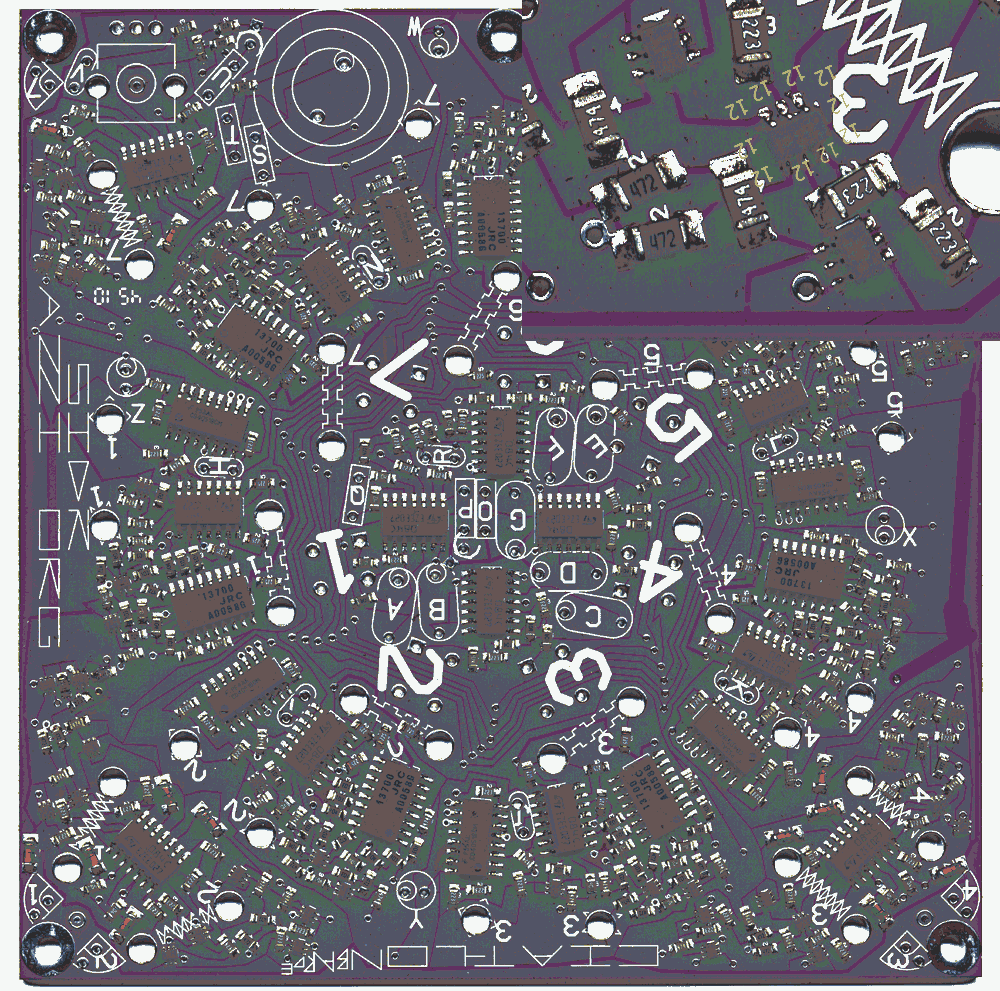- there are 434 surface mount emplacements on the sidrassi
design
-

- Where the amount is not a multiple of 7, it is composed of
a
power of seven plus a power of 4
- 18=2x7+4,39=5x7+4,46=6x7+4,15=7+4+4
|
- off the top of my head, resistors were changed between the
sidrassi (which was handmade, through-hole circuit) and the
sidrazzi. First of all, resistors were brought from the old range
of 12 (470, 2.2k, 4.7k, 10k, 22k, 47k, 100k, 220k, 470k, 1m, 2.2m, 10m)
to the abbreviated range of 7 (10m, 2.2m, 470k, 100k, 22k, 10k,
4.7k).
This is done to economize on pick and place machine, by limiting the
final BOM to 14 lines.
- Other resistor "voicings" include, changing the inputs to
the
transob chips to make the variable modulation basket "butterier".
This was done by jockeying with the 1) static hysteresis resistors via
the 4051 switch 2) the input divider resistors of the transob chip.
- I also put a 10m modification to the exponential
converters, in
the end, this will cause the pitches to go lower, even with a small
cap, and with the previous mentioned hysteresis jockey, the pitches
will actually go up an octave, in addition to the two octaves in
converting tetrassi hairies from 472 to the standard tetrazzi hairy to
102. Thus, you get deep bass as well as ultra-ultrasound, a
"radically charged" range.
|
